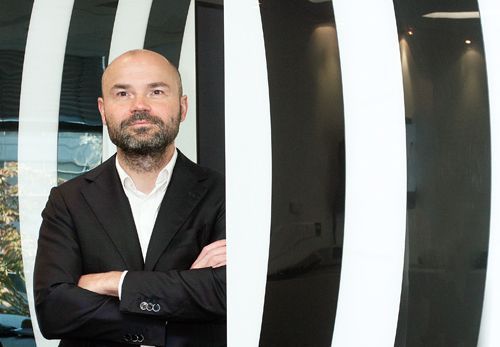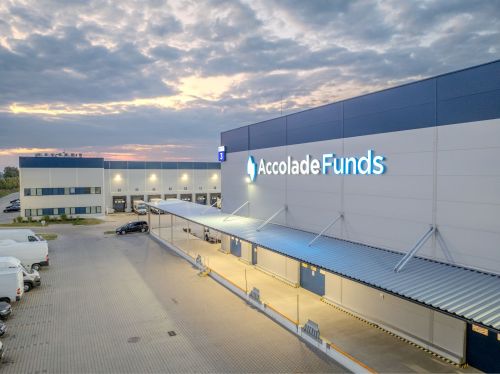According to JLL, properties worth almost EUR 2.9 bln changed hands in the CEE region in H1. This is an excellent result, since it represents app. 65 pct growth on the EUR 1.7 bln generated in the same period in 2013. Poland stands out in the region with a 50 pct market share (EUR 1.43 bln). The Czech Republic, which is next in the ranking, accounts for one quarter of the transaction volume. Around 15 pct of the capital was invested in Romania, 8 pct in Hungary and 2 pct in Slovakia. Despite such good data, experts are reluctant to talk about any real estate boom. “In my opinion we are currently not looking at some extraordinary investment boom, but simply a great deal of interest in Polish commercial real estate from foreign capital,” believes Tomasz Trzósło, the managing director of JLL in Poland. “In the case of smaller countries, e.g. Slovakia, Lithuania, Latvia, Estonia and Croatia, investors are worried about the liquidity of these markets and the potentially































































